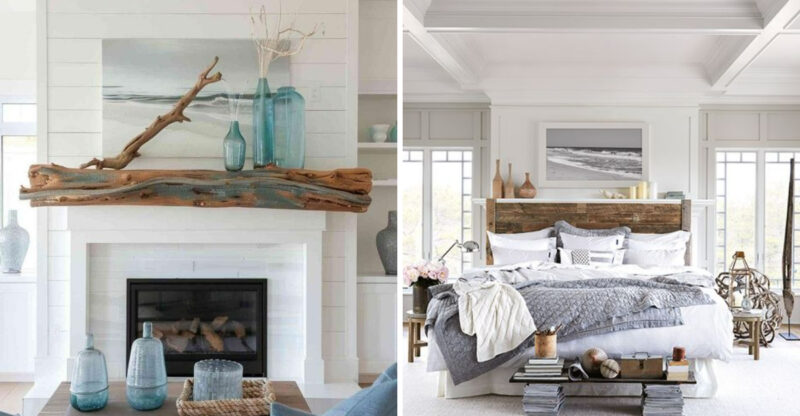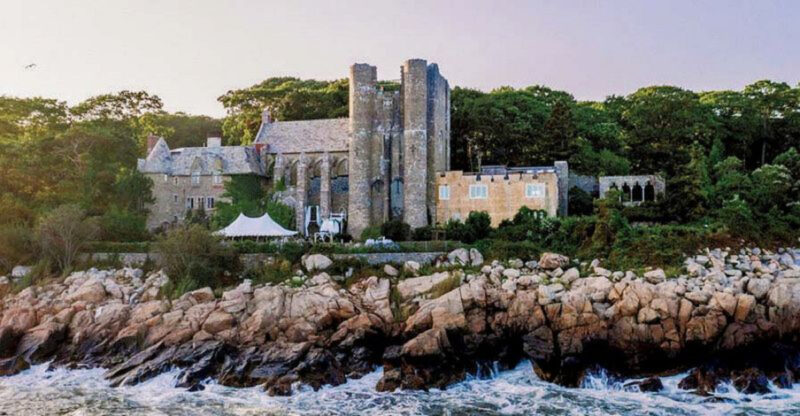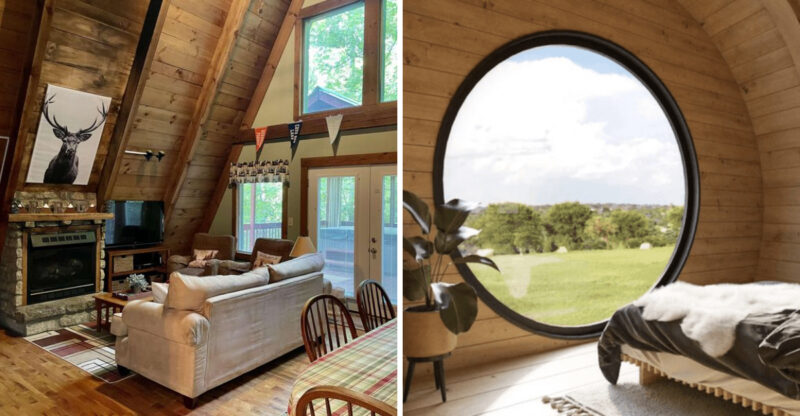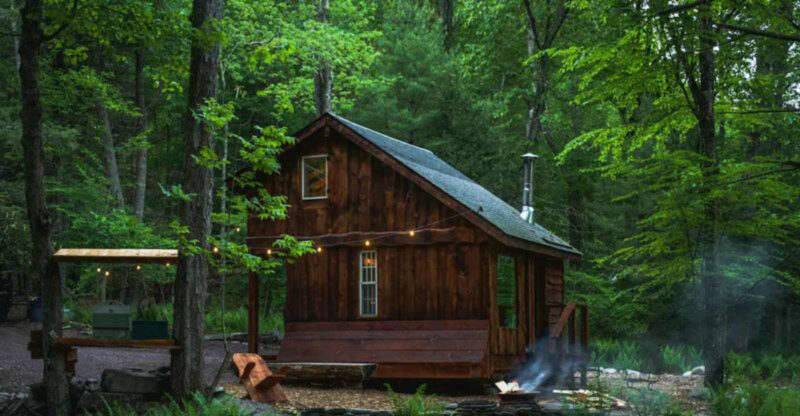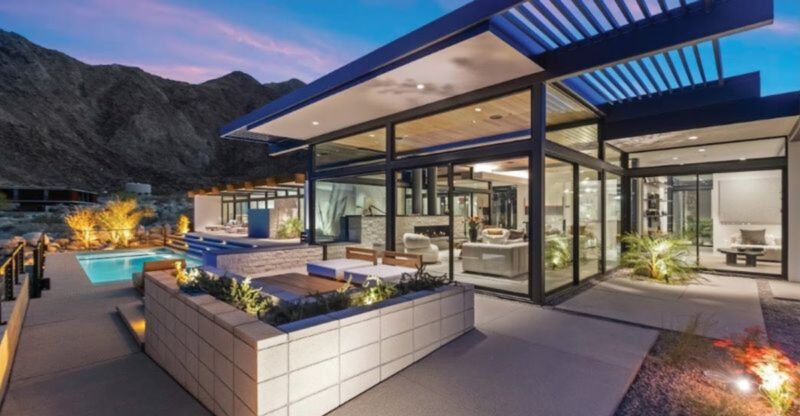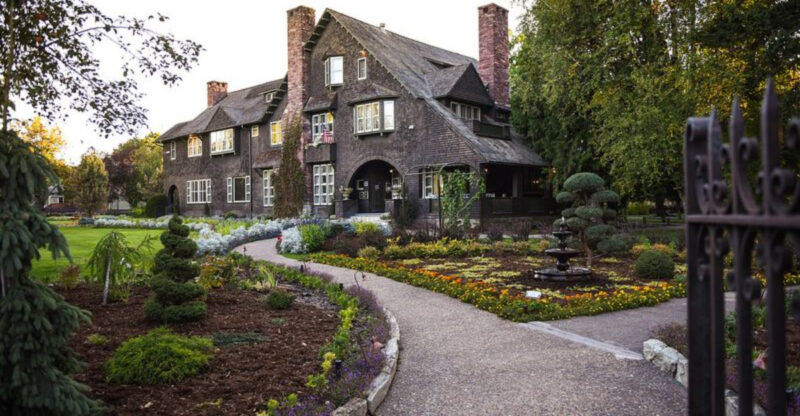10 Pittsburgh Brownstones That Nail The Industrial-Modern Look
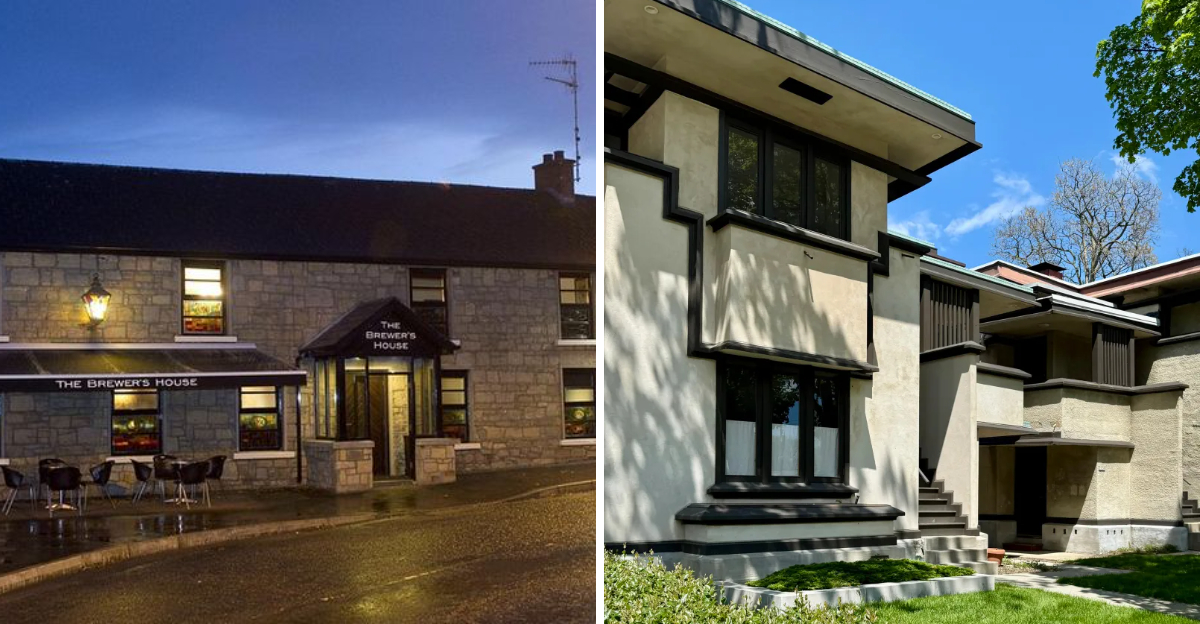
Pittsburgh’s architectural landscape is experiencing a fascinating renaissance as historic brownstones blend industrial heritage with sleek modern design. These revitalized gems showcase exposed brick, steel beams, and contemporary finishes while honoring the city’s steeltown roots. I’ve scoured the Steel City to find the most jaw-dropping examples of industrial-modern brownstones that perfectly balance gritty charm with sophisticated elegance.
1. The Steelworker’s Legacy
Holy exposed brick, Batman! This Lawrenceville stunner was once home to a steel mill foreman in the 1890s. The current owners preserved the original brick walls and massive timber beams while installing sleek concrete countertops and minimalist black fixtures.
My favorite touch? The vintage factory windows they salvaged from a demolished warehouse in the Strip District. The massive steel-framed panes flood the space with light while maintaining that authentic industrial edge.
2. Riverfront Revival
Perched along the Monongahela, this former shipping office has been transformed into a jaw-dropping residence. Enormous iron-framed windows showcase stunning river views, while the original freight elevator now serves as a showstopping glass-enclosed wine cellar.
What makes this space truly sing is how the designers embraced imperfection. Concrete floors still bear marks from heavy machinery, now sealed and polished to a subtle sheen. Original iron columns stand proudly throughout, connecting past and present.
3. The Clocktower Conversion
Somebody pinch me! This South Side brownstone incorporates a salvaged clock face from Pittsburgh’s historic Duquesne Brewery as a stunning focal point in the open-concept living area. The 8-foot diameter timepiece is backlit and fully functional; talk about a conversation starter!
Throughout the space, raw steel staircases with floating wooden treads connect three levels. The owner, a local architect, masterfully juxtaposed rough industrial elements with warm walnut finishes and buttery leather furniture for a perfectly balanced aesthetic.
4. The Blacksmith’s Workshop
Originally a blacksmith’s workshop dating to 1875, this Strip District gem maintains its gritty soul while embracing modern luxury. The owners preserved the original forge, now repurposed as a custom outdoor firepit in the courtyard.
Inside, massive sliding barn doors (crafted from the building’s original roof beams) separate spaces while allowing the open flow modern living demands. My absolute favorite feature is the custom kitchen island made from a repurposed industrial workbench, complete with vice grips and tool marks.
5. The Glass Factory Loft
Located in what was once Pittsburgh Plate Glass Company’s downtown office, this showstopper seamlessly blends history with contemporary living. The original terrazzo floors remain intact, now complemented by walls of glass block that pay homage to the building’s past while filtering beautiful diffused light.
Soaring 14-foot ceilings accommodate a spectacular mezzanine level accessible via a floating steel staircase. My heart skips a beat every time I see how they’ve incorporated vintage industrial lighting fixtures sourced from decommissioned factories throughout the region.
6. The Banker’s Row Masterpiece
Money talks, but this former bank building in Pittsburgh’s Fourth Avenue Financial District absolutely sings! The owners maintained the grand limestone façade while gutting the interior to create a stunning open concept living space.
The original vault door now serves as an architectural element leading to a home theater. I’m obsessed with how they’ve incorporated brass teller windows as room dividers throughout. Heated marble floors (salvaged from the bank’s grand lobby) add unexpected luxury while honoring the building’s storied past.
7. The Brewer’s Residence
Beer lovers, rejoice! This former brewing company office in Pittsburgh’s historic Deutschtown neighborhood beautifully balances industrial elements with modern comfort. Enormous copper brewing kettles have been repurposed as bathroom vanities and kitchen accents, adding warm metallic tones against crisp white walls.
The homeowners discovered original brewery blueprints during renovation and had them framed as oversized artwork. My favorite touch is the custom bar crafted from reclaimed oak barrel staves, complete with working taps connected to a small-batch brewing setup in the basement.
8. The Textile Mill Transformation
Fabric-ulous! This former textile mill in Garfield maintains its industrial bones while embracing contemporary design. The owners preserved the original wooden floors, complete with decades of wear from heavy looms, now sealed with clear resin that highlights every beautiful imperfection.
Floor-to-ceiling windows flood the space with natural light, illuminating whitewashed brick walls that provide the perfect backdrop for the owners’ modern art collection. I’m head-over-heels for their innovative use of vintage textile machinery as sculptural elements throughout the space.
9. The Printer’s Alley Gem
Stop the presses! This former printing facility in the Cultural District showcases industrial-modern design at its finest. The homeowners preserved the massive printing press, now serving as a spectacular room divider between kitchen and dining areas.
Throughout the space, cabinets crafted from original typesetter drawers provide unique storage for everything from wine bottles to kitchen spices. My heart absolutely melts for the custom wallpaper they created using scanned images of vintage Pittsburgh newspapers discovered during renovation.
10. The Ironworker’s Haven
Metal never looked so magnificent! This Highland Park brownstone was once headquarters for a prominent ironworking company. The current owners, both designers, highlighted the building’s industrial past while creating a thoroughly modern living space.
Original iron support columns remain exposed, now complemented by custom metalwork throughout. The showstopping kitchen features countertops crafted from patinated steel plate, while a spectacular spiral staircase; fabricated from materials found in the building’s basement; leads to a rooftop terrace with panoramic city views.

